
The Grounds Guys share xeriscaping tips to help homeowners conserve water and maintain beautiful landscapes.
|
Last Updated May 11, 2023
In recent years, people have been urged to stay hydrated by drinking plenty of water. So the ubiquitous water bottle now seems to be permanently attached to our hands, our work desks, and even our vehicles! But what about the plants in your landscape -- don't they need to stay hydrated, too?
If you buy bottled water for drinking, you know how that expense adds up over time. And if you have lots of plants in your landscape, their watering expense adds up, too, but at a much quicker rate. So when you're budgeting your utility bills, often the first cut is to your water bill.
Even if you don't have to make budget cuts that affect your water bill, regional outdoor water restrictions can hit plants where it hurts -- at the roots. The Grounds Guys® can help with water conservation tips by giving you a crash course in xeriscaping. This water-wise, budget-friendly approach to irrigating your plants not only keeps your plants happy, but also provides year-round beauty to your property.
Table of Contents:
What Does Xeriscaping Mean?
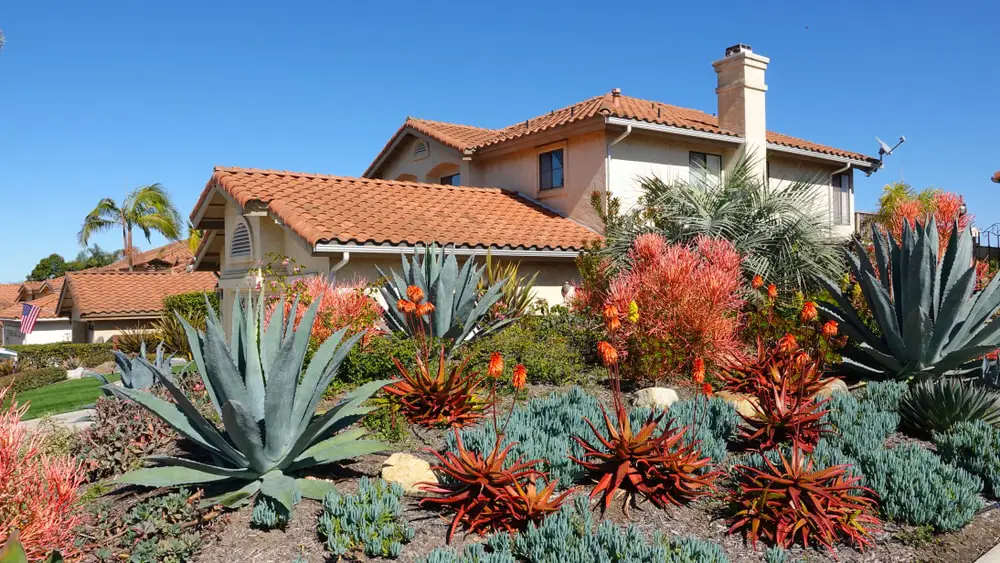
A fancy word for a simple concept, xeriscaping means using water efficiently in the landscape. Pronounced zera-scape, the word xeriscape comes from a Greek root word - xeros, which means dry. A xeriscaped landscape is adaptable to dry conditions because of an integrated approach to conserving water
Principles of Xeriscaping:
Amend the Soil
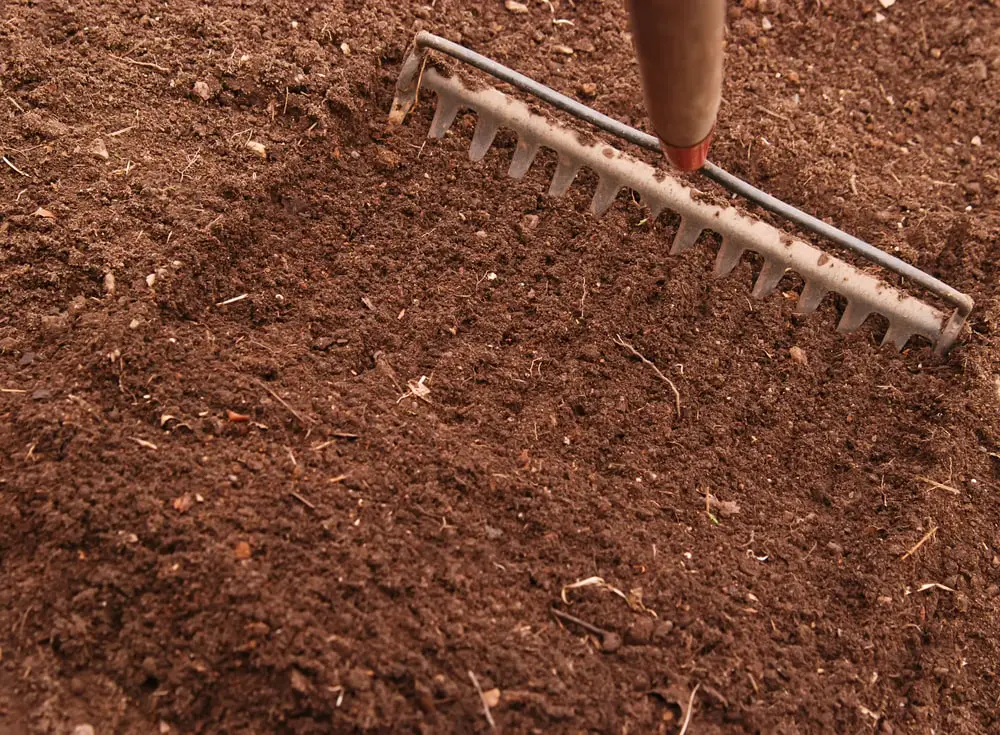
Dry, barren soil has a tougher time retaining water. By working compost and other organic matter into the soil, you improve the soil so it retains water but is also well-draining.
Mulch Your Plants
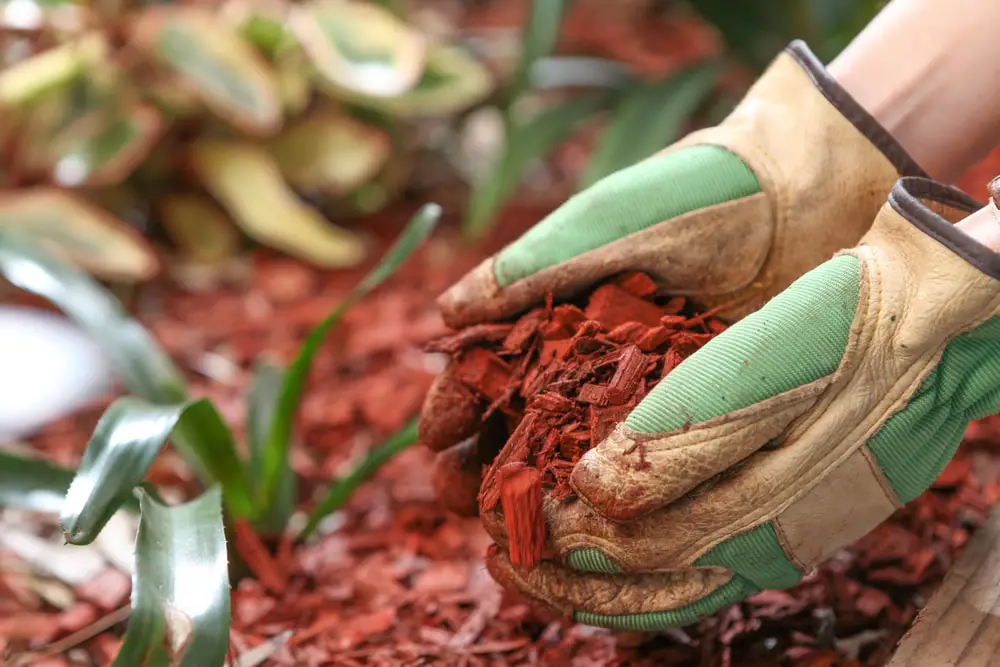
Mulch is any barrier between the soil and the atmosphere; for example, wood chips, pine straw, and even plastic are mulching materials. This barrier helps keep moisture in the soil by slowing down its evaporation from the soil surface. A rule of thumb is to use at least 3 to 4 inches of mulch, sometimes more, depending on the areas you're mulching.
Select Suitable Plants
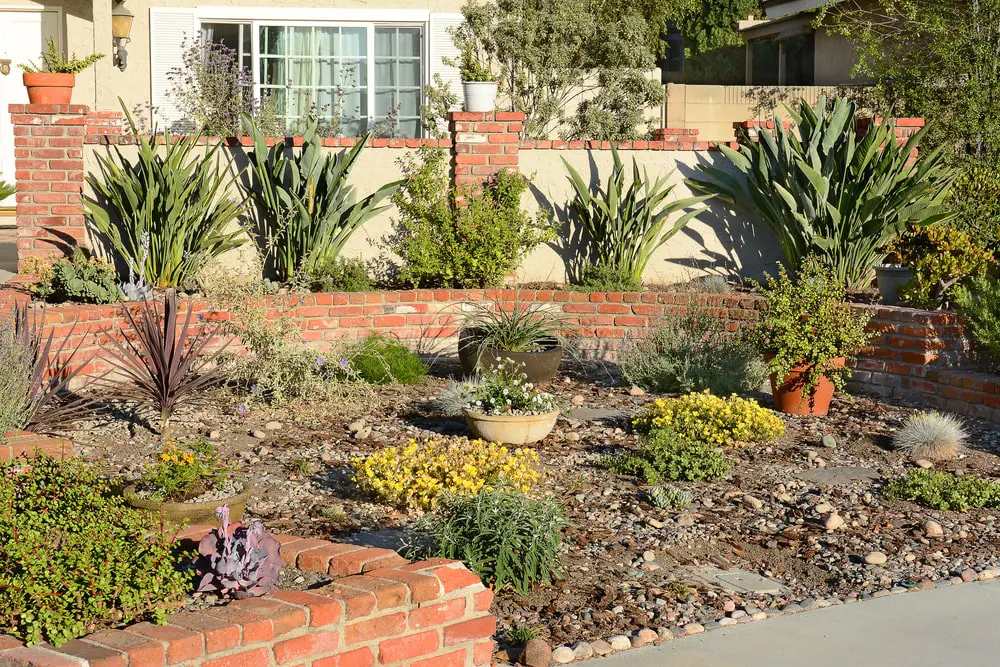
A good source of drought-tolerant plants is natives. Native plants are adapted to the soil, climate, and rainfall of different regions. In other words, they're not as "fussy" as non-natives and have a higher survivability rate with fewer cultural needs.
Group Plants According to Water Needs

Some plants, such as annuals, have higher water needs than other plants, such as native perennials. By grouping plants into zones of varied water requirements, you can program your irrigation system (or hand-water these sections) more efficiently without wasting water on plants that don't need as much.
Reduce Areas of Turfgrass in Your Yard
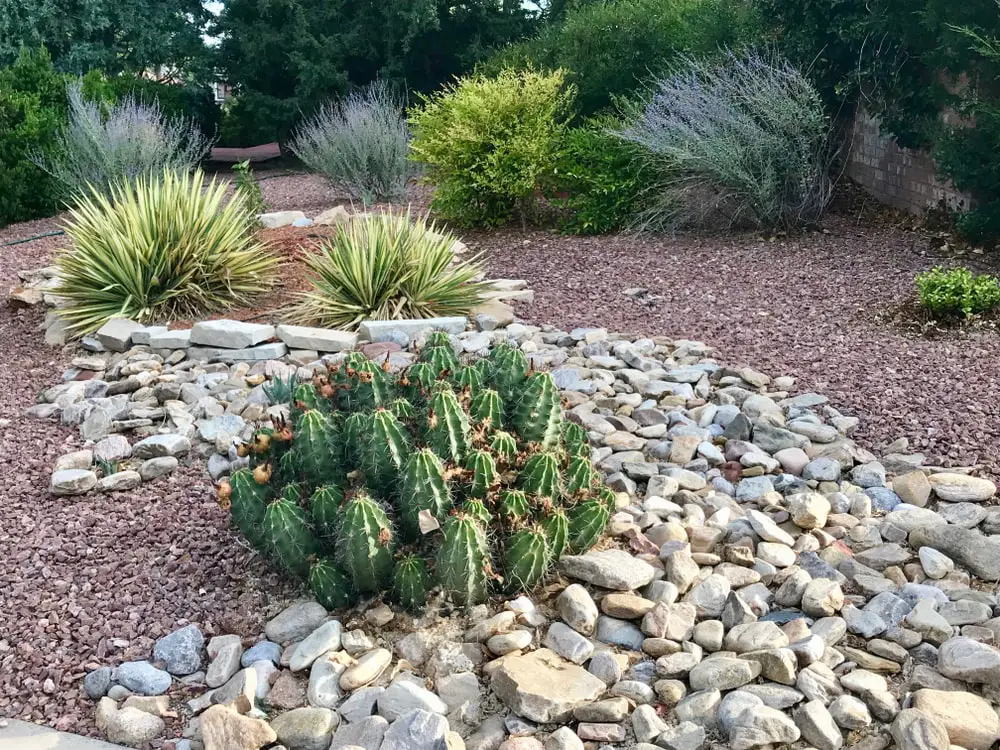
Reducing areas of turfgrass reduces the need for watering. If you have an irrigation system, your lawn is likely the biggest water-guzzler than all the other plants in your landscape combined. So turn some grassy areas into flowerbeds or mulched islands.
Water Conservation Tips for Your Lawn
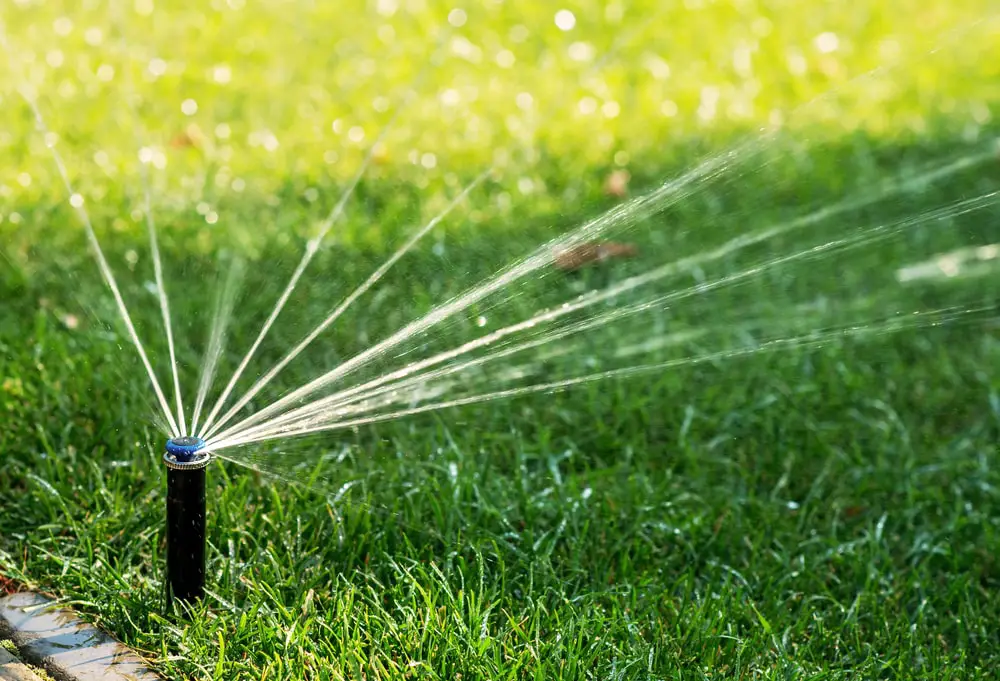
Irrigate your lawn efficiently with these water conservation tips:
- Water in the morning, when it's cooler and less water is lost to evaporation. Install a moisture-sensing device -- called a tensiometer - on your irrigation system so your sprinklers only come on if the soil is dry.
- Keep your lawn healthy and free of weeds, which compete with turfgrass for moisture.
Use a Rain Barrel System
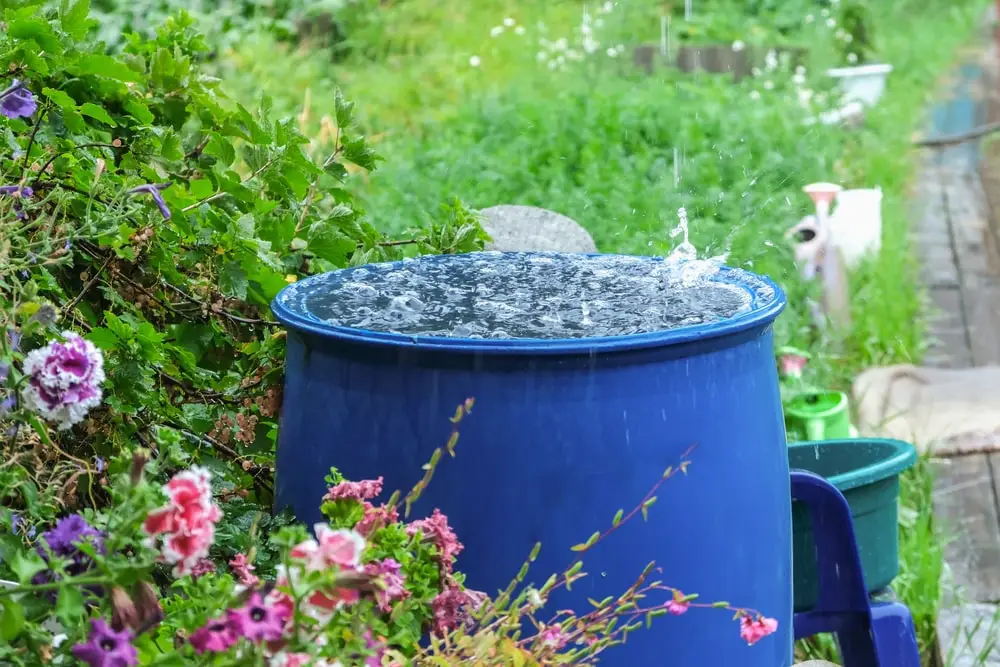
Using rain barrels boosts water conservation tips to a higher level by capturing the rainwater runoff from the roof and storing it for later use. The Grounds Guys can help with xeriscaping -- and many other -- water conservation tips to keep your residential landscape in tip-top shape.
Contact The Grounds Guys for All Your Landscaping Needs
Questions about xeriscaping or other ideas for your landscaping project? Contact The Grounds Guys today and request an estimate to discuss suggestions on how you can transform your property from water-guzzling to water-efficient.